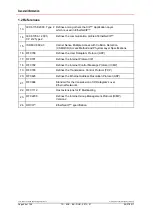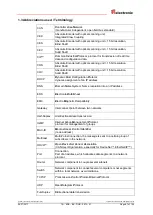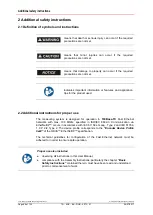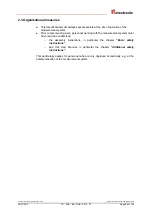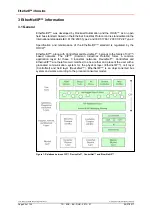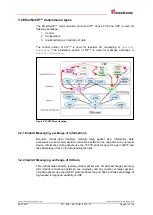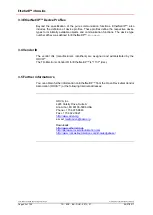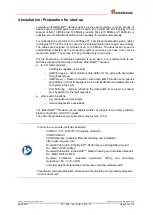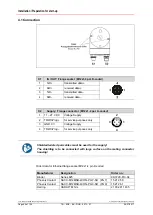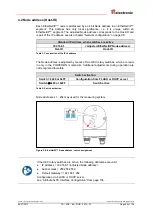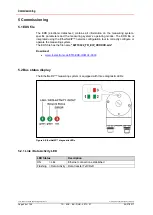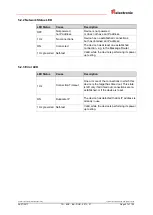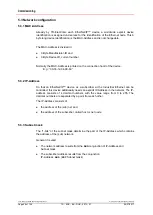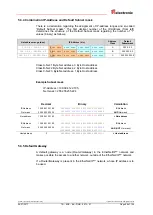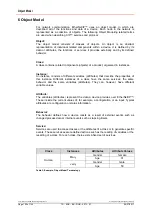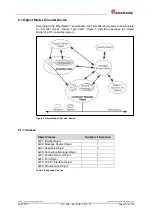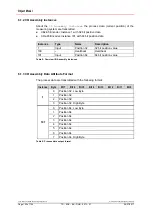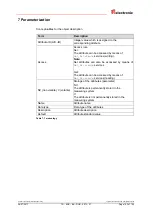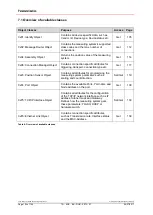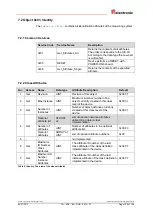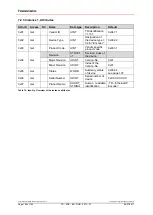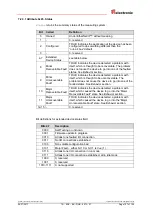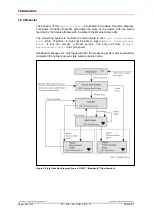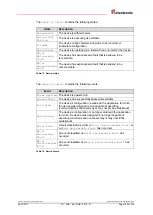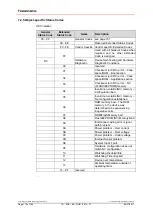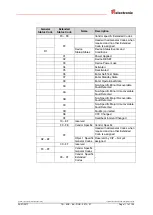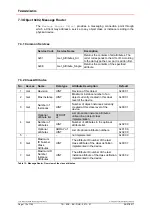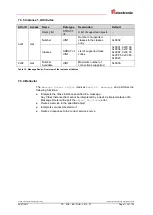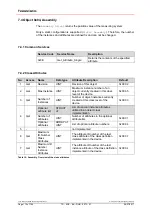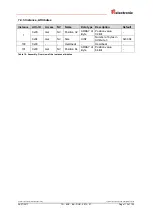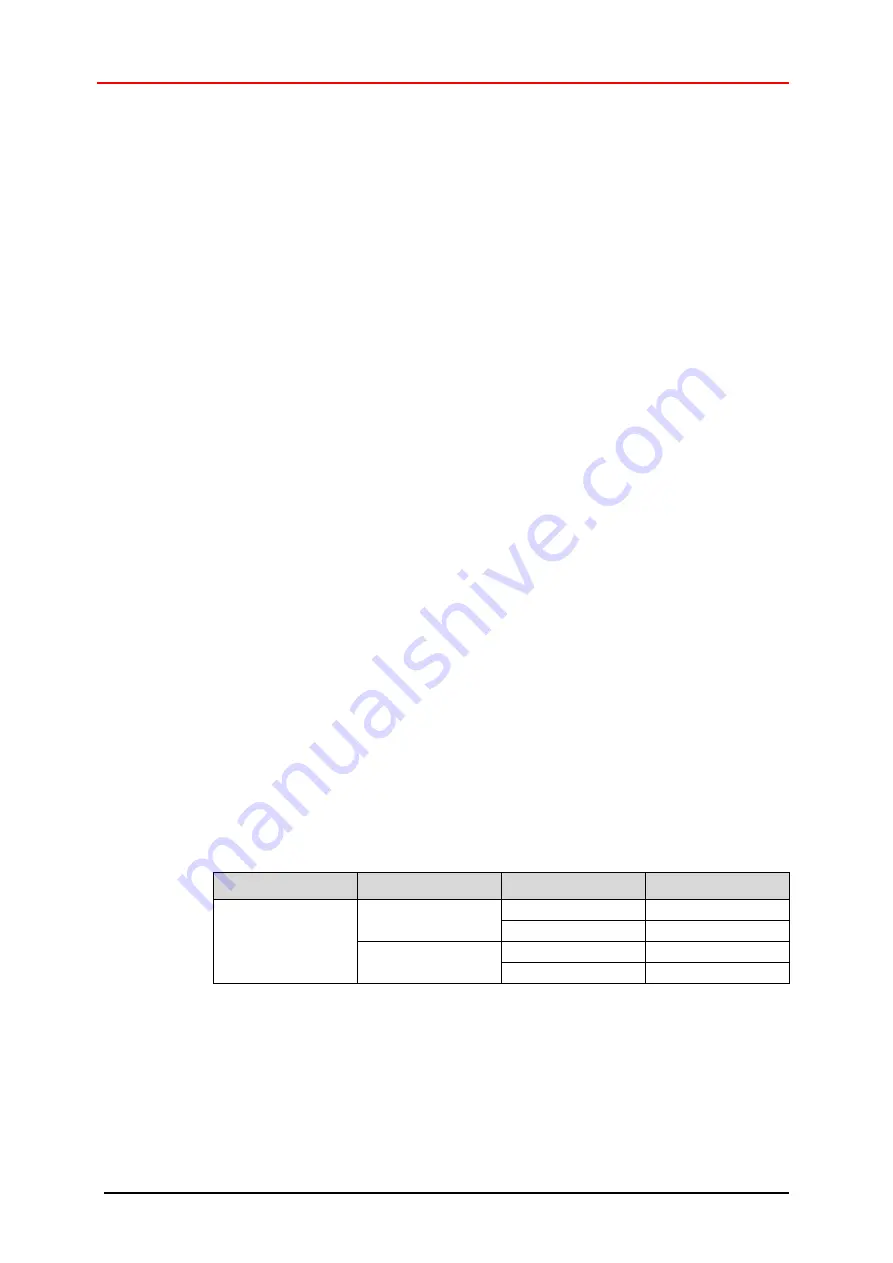
Object Model
TR-Electronic GmbH 2008, All Rights Reserved
Printed in the Federal Republic of Germany
Page 100 of 155
TR - ECE - BA - DGB - 0073 - 07
06/27/2017
6 Object Model
For network communication, EtherNet/IP
™ uses an object model, in which are
described all of the functions and data of a device. Each node in the network is
represented as a collection of objects. The following Object Modeling related terms
are used when describing CIP
™ services and protocol:
Object:
The object model consists of classes of objects. An object is an abstract
representation of individual related components within a device. It is defined by its
data or attributes, the functions or services it provides externally and by its defined
behavior.
Class:
A class contains related components (objects) of a product, organized in instances.
Instance:
An instance consists of different variables (attributes) that describe the properties of
this instance. Different instances of a class have the same services, the same
behavior and the same variables (attributes). They can, however, have different
variable values.
Attribute:
The variables (attributes) represent the data a device provides over EtherNet/IP
™.
These include the current values of, for example, a configuration or an input. Typical
attributes are configuration or status information.
Behavior:
The behavior defines how a device reacts as a result of external events such as
changed process data or internal events such as lapsing timers.
Service:
Services are used to access classes or the attributes of a class or to generate specific
events. These services execute defined actions such as the reading of variables or the
resetting of a class. For each class, there exists a fixed set of services.
Class
Instances
Attributes
Attribute Values
Human
Mary
Gender
female
Age
31
Jerry
Gender
male
Age
50
Table 3: Example, Object Model Terminology

